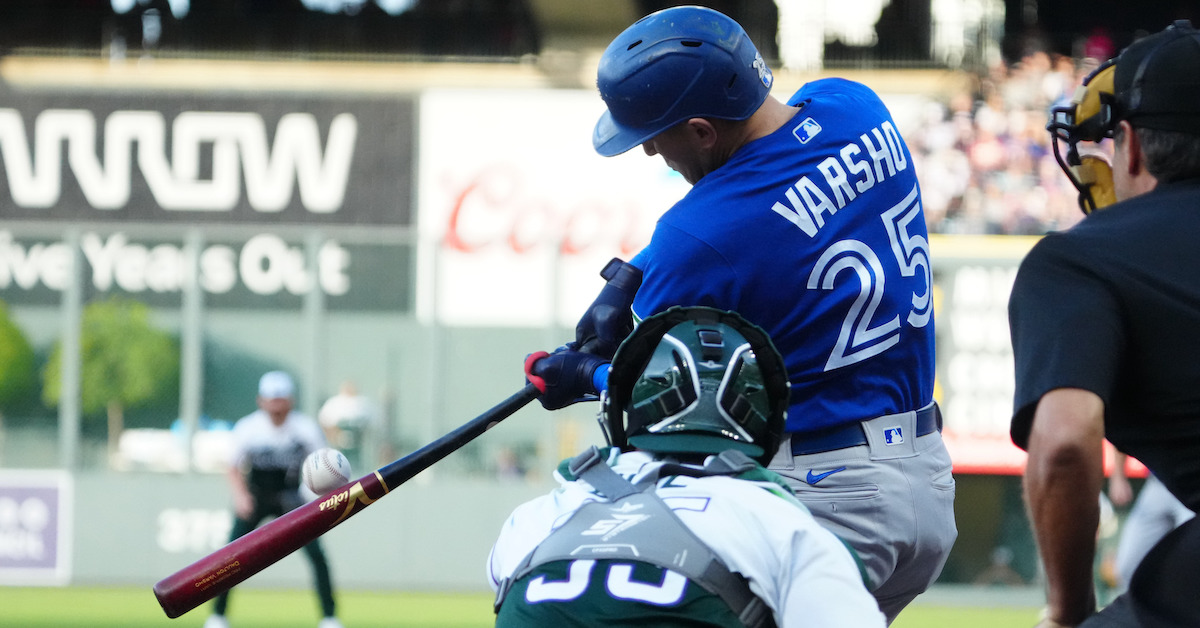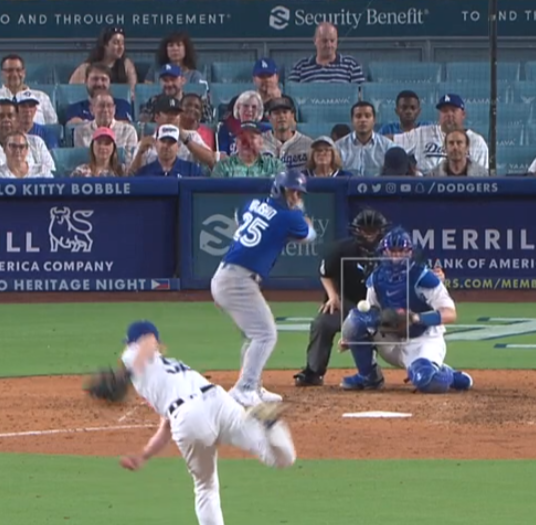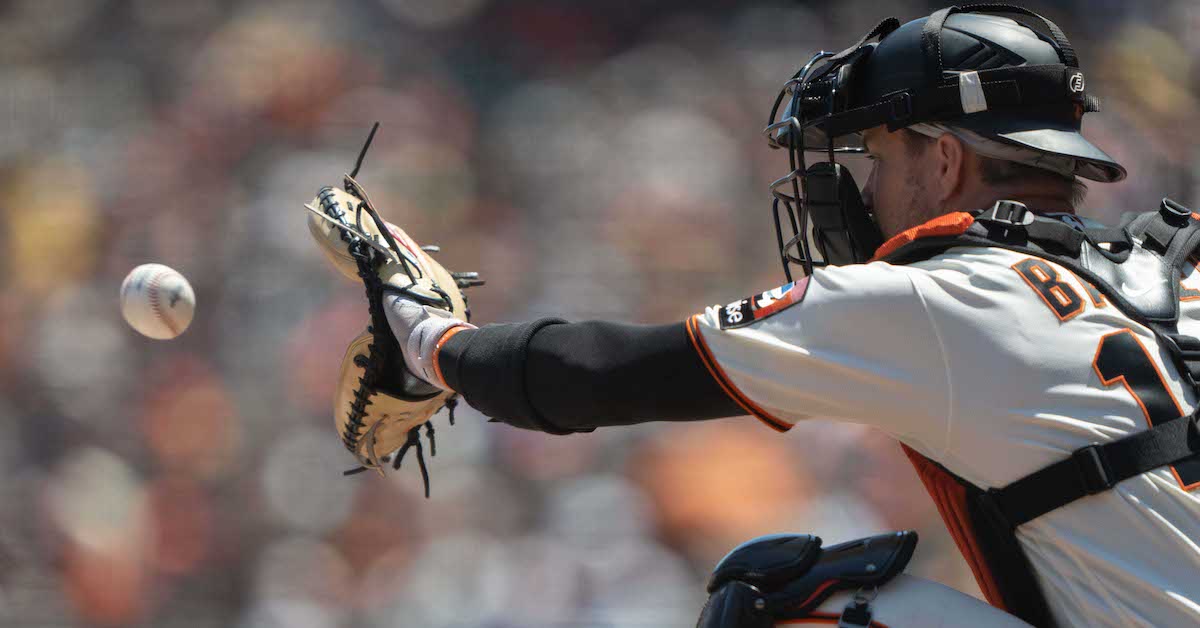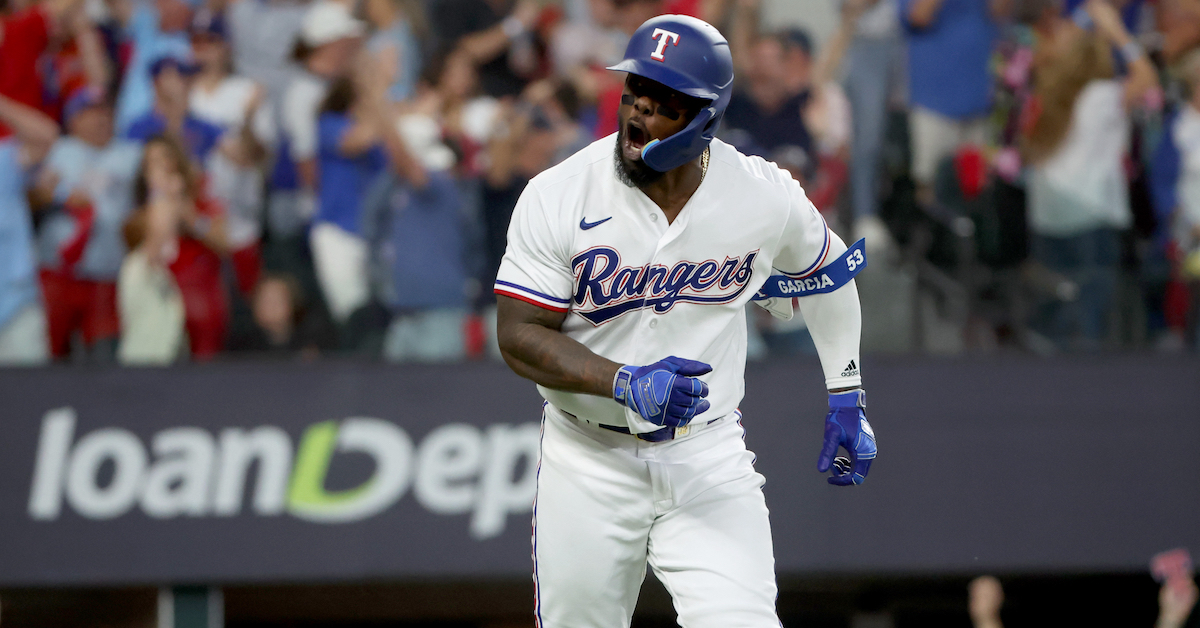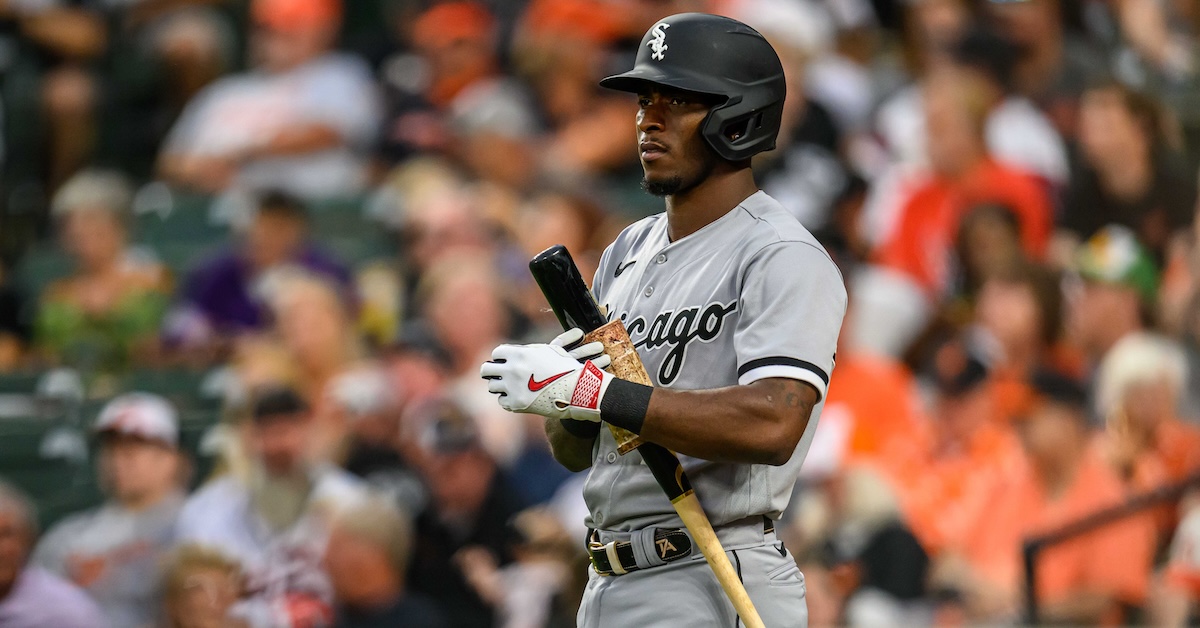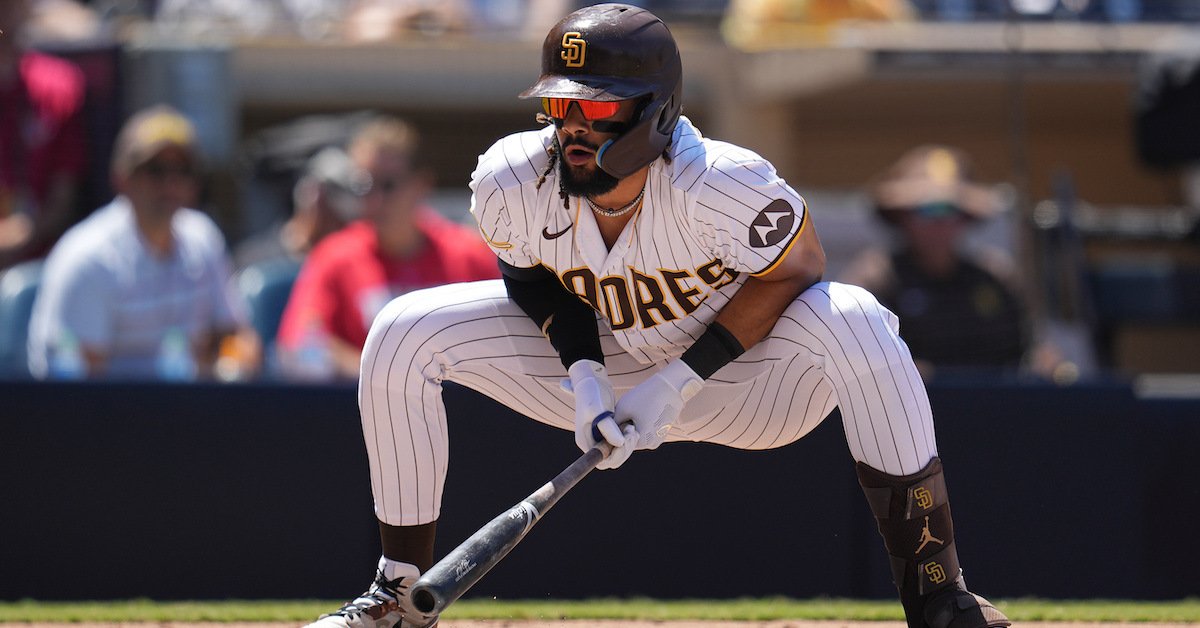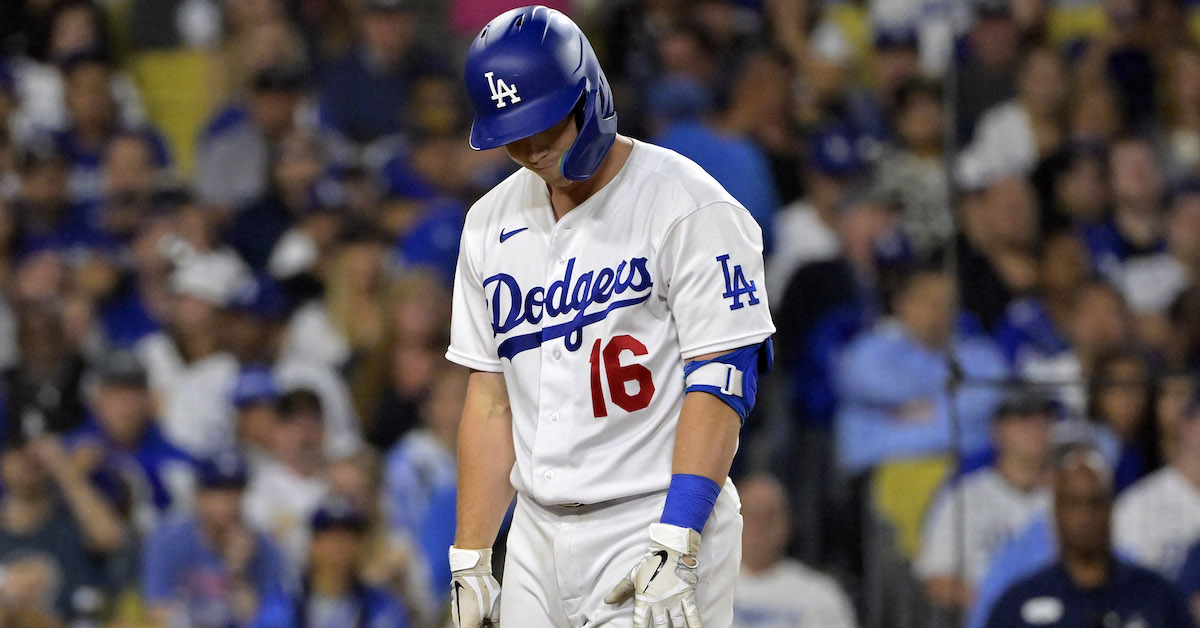Bryce Harper Is Getting Comfortable With First Base

First base defense is complicated. It isn’t one of the most difficult positions, but that doesn’t mean it doesn’t have its own challenges. Players in the latter half of their careers who have lost athleticism sometimes adopt the position as their new home, which is interesting because it is much more difficult to learn a new position when you’re past your athletic prime. But because first base doesn’t require top tier athleticism, it’s not uncommon for that to happen. Bryce Harper’s case is a perfect example of this.
Between Philadelphia’s crowded outfield and its interest in keeping its star healthy as he ages through his 30s, first base became a viable option for the former MVP when the position opened up and he was returning from Tommy John surgery in record time. Last year, he handled it well — even if he at times ventured too far off the bag for grounders in the hole, as if he were back in right field trying to cut the ball off in the gap — given that he was learning the position on the fly.
It was a bet on Harper’s baseball skills and IQ that seems to have worked out well. His defensive metrics looked solid in 2023 (+3 OAA); of course, considering the small sample, we shouldn’t take these numbers as bond, but they were encouraging nonetheless. Now, with a full offseason of learning the position and a month’s worth of plays, we have a better idea of what his true talent is at the position. Later in this article, we’ll watch some video of Harper playing first to evaluate where he stands. But first, let’s take a look at the numbers.
So far in his first base career, Harper has a +6 OAA and a Success Rate Added between three and four percent. His OAA this season is +3, which is the highest among first basemen. Basically, the numbers indicated that Harper had a solid foundation already, and with more experience, he’s become one of the top defenders at his position.
For the rest of this piece, we’ll use video to break down Harper’s handling of three fundamental facets of the position: his footwork on groundballs that he takes unassisted, his feeds and feel for flipping to pitchers, and his opportunities to make outs at second. There are other aspects that go into first base defense — such as catching pickoff attempts, securing scoops, and receiving cutoffs before delivering relays — but I’m most interested in his skills fielding groundballs. With that said, let’s start by looking at grounders hit close enough to the bag for Harper to make an unassisted putout:
Unassisted Groundballs
Two things stick out to me right away: Harper is good at working from the ground up, and he almost always keeps his body moving in the right direction. Any shortstop would tell you that progressively moving your feet and body weight toward your target as you field the ball is crucial. The same premise holds for first baseman.
With a slow chopper, you have to stagger your feet to make sure you stay under control and don’t overplay the baseball and get a bad hop. When working toward the first base line, as Harper has done so well, you balance how hard the ball was hit with the angle you take to it; on harder hit balls, you put your body on the line to protect against a double, whereas when a deep chopper comes, you reorient your center of mass toward the bag to make sure you’re ready for a race with the runner or to throw to the pitcher. Harper looks very comfortable making these decisions. I snuck the liner from Matt Olson in there to show how quick he can be on his feet. Not every first baseman can move like that. Now, let’s move on to a more complicated task: flipping to the pitcher.
Flips to Pitcher
Harper has done well sticking to the fundamentals here. He has a rhythm established with Zack Wheeler in particular, but his execution of leading each pitcher to the bag is on point. He maintains composure throughout each of the throws, even when the batter-runner is a speedster like Elly De La Cruz. Urgency and pace are important aspects of fielding grounders at first because you can get caught in a foot race with a runner. But if you’re consistent with your delivery and have a good feel for speeding up your arm when necessary, there is no need to rush your feet.
I’m impressed by Harper’s ability to make plays moving to his right. He uses his right foot to plant or pivot very well. That has a lot to do with his athleticism. He gets into good positions to stay under the baseball and make reads with his hands. The next clips highlight that even more:
Potential Plays to Second
There are three different moves that you can make as a right-handed thrower when deciding to deliver a fire to second from the various first base positions (shallow, medium, deep) — you can pivot toward your throwing shoulder to square your body to the bag, you can spin toward your forehand and non-throwing shoulder to square your body, or you can make the throw on the run. Harper clearly has a feel those three moves.
On the grounder hit by Olson, Harper’s footwork is fantastic as he spins, turns, and throws, and his delivery is to the correct side of second base. Then on a similar grounder (the third play), he realizes he doesn’t have a throwing lane and decides to take the sure out at first. On the hard groundball from Mike Trout, Harper switches his feet very quickly (like a catcher would) and delivers the ball right on top of the bag. The only hiccup comes in the final play in the clip, when he gets the groundball near the outfield and decides to hold it instead of making a spinning throw to second. If he fires to second instead, the Phillies have had a shot at an inning-ending double play. This is something to keep your eyes on as Harper continues to develop at the position. It’s the longest throw a first baseman will make and requires a quick decision. He’s clearly comfortable making the spinning throw from a shallow depth, but this last piece will help him become more complete at the position.
In general, I’m impressed with how comfortable the Phillies slugger looks at his new position. His fundamentals are on point. He can pop off the bag quickly after holding a runner on and get his feet in check to move in any direction. Even when he makes a mistake, it’s not because he isn’t prepared with his feet. This might not be a Mookie Betts-level position switch, but it’s still worth appreciating.



